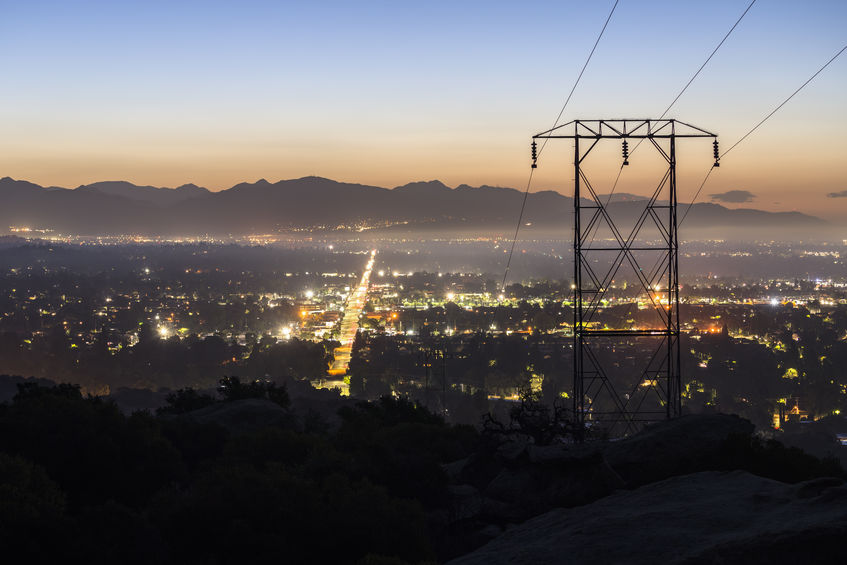One of the most damaging fallacies of our time might be the “Field of Dreams” fallacy, which holds that “If you build it, they will come.” This fallacy, what might also be called the enabling myth of those who favor planned societies over market-economies, persists year after year, despite a nearly unbroken record of failure spanning decades and in some cases centuries.
Fittingly enough, no state better embodies the fantastical thinking behind “If you build it” than California, where planners have floated an endless array of “aspirational targets” for everything from air purity, to employee ridesharing, to mass transit ridership, to expanded bicycling, electric car deployment, greenhouse gas emission reduction targets, and of course, to renewable energy targets: specifically the dream of a society powered by puffs of air, rays of sunshine, hot rocks, and wishful thinking.
But in the year of our Plague 2020, California’s renewable Field of Dreams fantasy may have finally failed so visibly and undeniably as to give one hope the benighted citizens of the Golden State will start demanding better policies based on actual experience of “here’s what we have done, here’s our next incremental, achievable goal,” also known as pragmatism. I know, having grown up in California, that’s probably wishful thinking, but unlike California, I actually admit that!
As those who care about things like keeping the air conditioning running will remember, California has been chasing the renewable power dream for decades. As that unimpeachable font of knowledge, Wikipedia observes:
In 2006, the California legislature passed the Global Warming Solutions Act of 2006 which set a goal for 33% of electricity consumption in California to be generated by renewable sources by 2020. In 2015, SB350 mandated that electric utilities purchase 50% of their electricity from renewable sources by 2030. Then in 2018, Senate Bill 100 was passed which increased the renewables requirement for electric utilities to 50% by 2026, 60% by 2030, and 100% by 2045.
How’s that all working out for California? Not so well. An article in Politico observes that California had its first unplanned blackouts in 20 years on August 18, when hundreds of thousands of Californians sweltered in one of California’s utterly predictable summer heat waves. And the power has gone out again since then, as reported on September 7th, “The sweltering temperatures are fueling wildfires that have, just this weekend, taken down power plants, forced evacuations and cut power to about 70,000 homes and businesses.
Of course, all of this has California policymakers and green power hucksters “baffled,” and “stumped,” trying to figure out just what on Earth might have happened. The fingers of blame are out in force pointing to just about every possible cause (they’re even blaming California’s bungled energy “deregulation” and the Enron debacle), or dumping on the poor system operators, who have about zero say in how power is actually generated in the state.
But, not everyone is buying the “baffling!” or “bad management!” exclamations of the renewable hawks:
All told, power plants with the ability to produce almost 6,000 megawatts, or about 15 percent of the electricity on California’s grid, were reported as being offline when temperatures surged last Friday. The shortfall, which experts believe officials should have been able to avoid, forced managers of the grid to order rolling blackouts in the middle of a pandemic and as wildfires across the state were spreading.
But even if all of the missing capacity had been available, California would probably still have struggled to deliver enough electricity to homes where families were cranking up air-conditioners. That’s because the manager of the grid and state regulators were relying on power from plants that either had permanently shut down or could not have realistically achieved the targets set for them. (emphasis mine)
And what kind of power plants were those? Natural gas power plants, that’s what kind, the type (along with nuclear power plants) that are not welcome in California’s renewable Field of Dreams.
Hastings, quoted above, wins the brevity prize on this one: “Hot weather and a cloudy day should not be able to shut down the fifth-largest economy in the world.” But it has, and it will continue to do so, until California replaces Hollywood fantasy policies, and embraces pragmatic power policies that will keep the a/c running.
